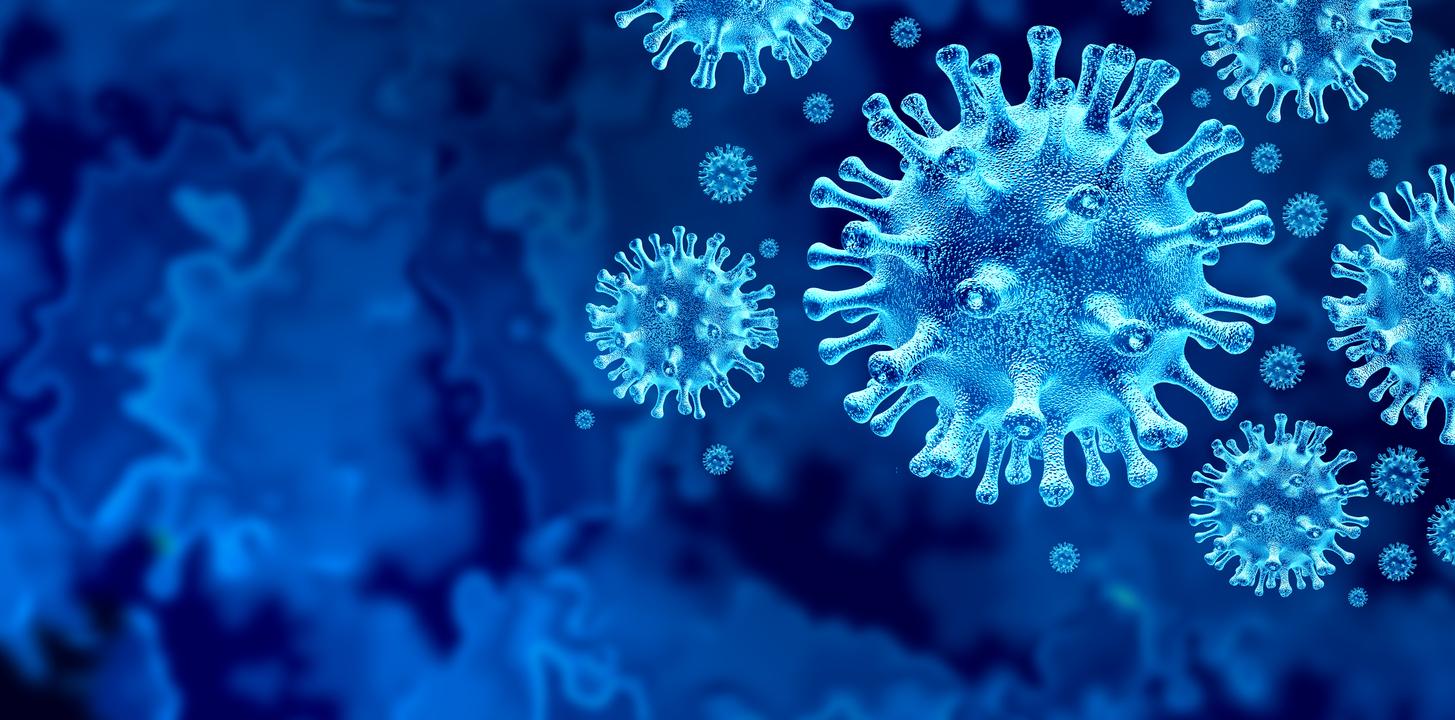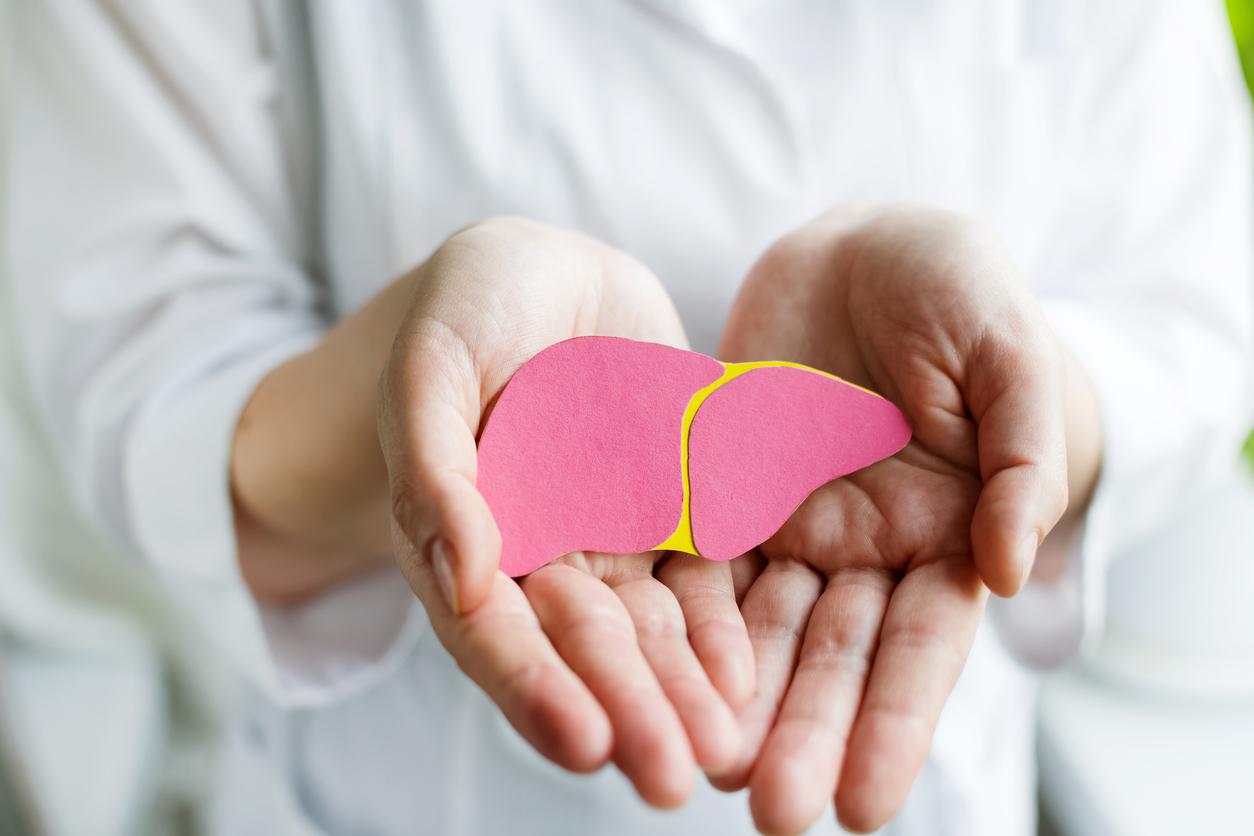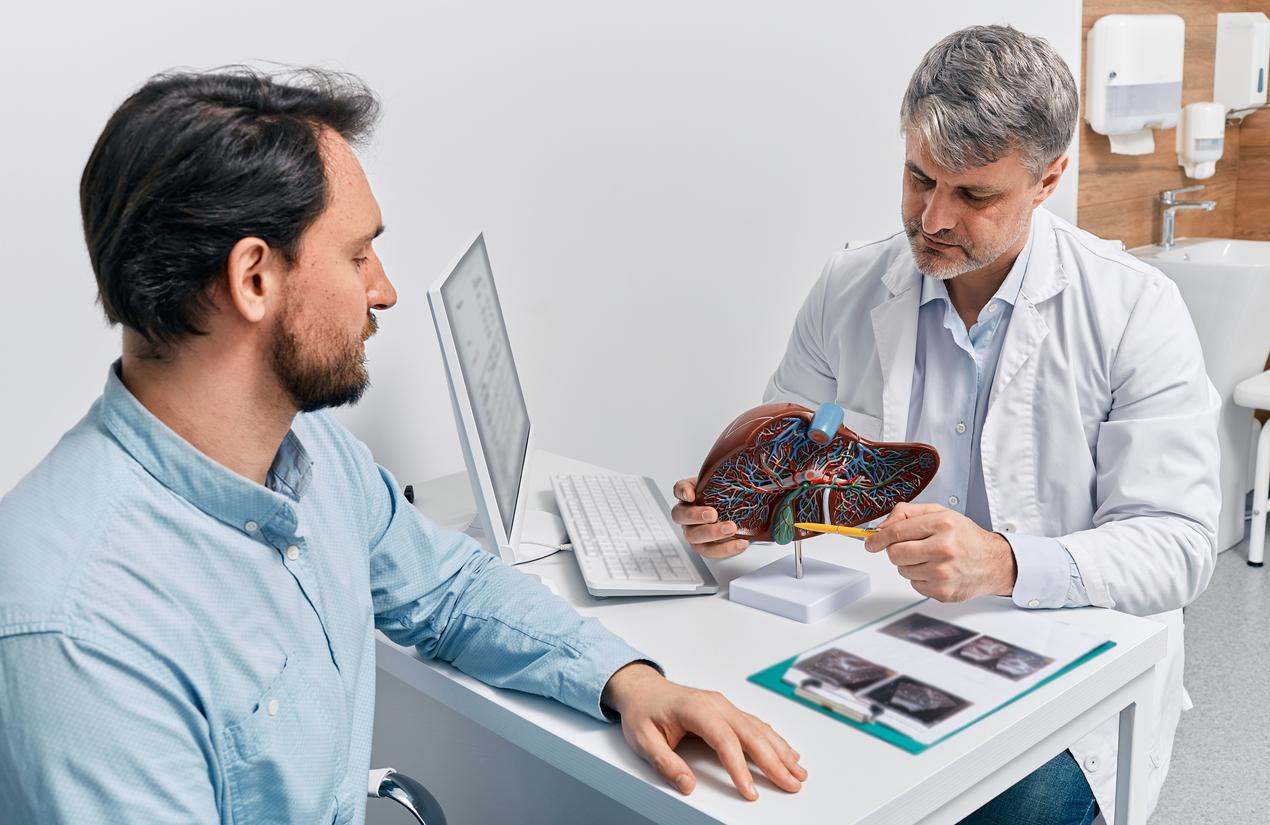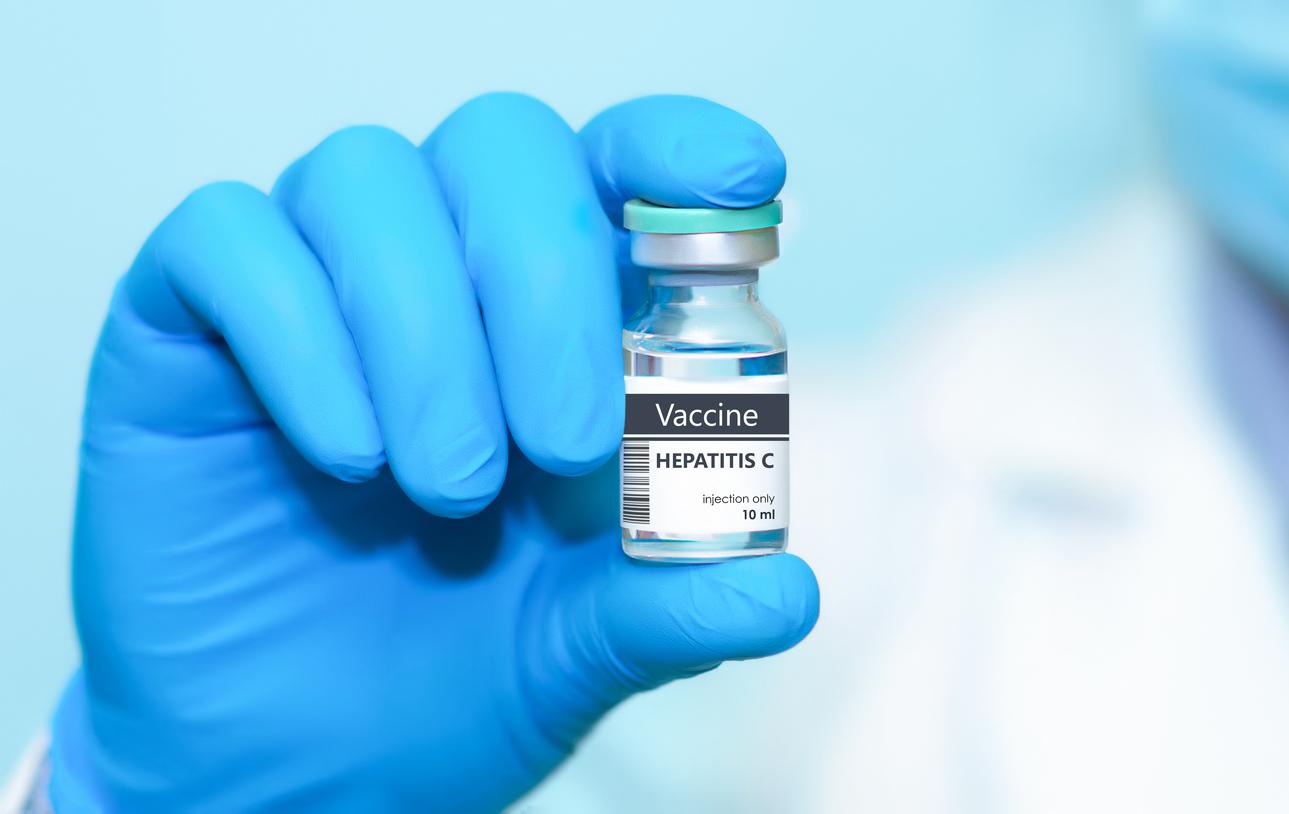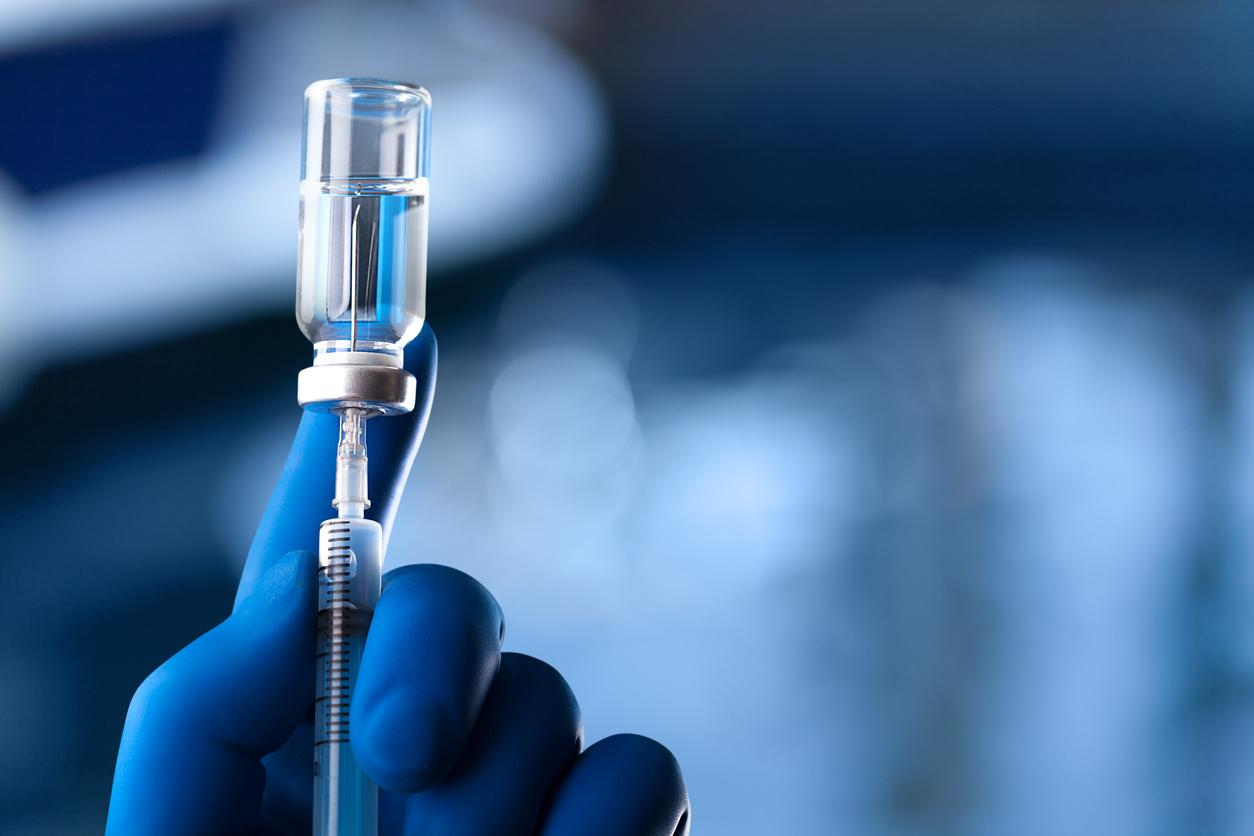A study conducted on mice shows that cells that have recovered from a hepatitis C infection undergo genetic changes that increase the risk of developing liver cancer.

- When infected with the virus that causes hepatitis C, some liver cells heal themselves and eliminate the virus.
- Experiments carried out on mice show, however, that these cells undergo genetic damage which in particular alters their capacity for cell division and their cell metabolism.
- For the researchers, this explains why patients affected by hepatitis C have an increased risk of liver cancer.
Often silent and asymptomatic, hepatitis C is a viral infection of the liver that is transmitted through blood and can eventually cause cirrhosis and primary liver cancer.
Until now, scientists thought that the hepatitis C virus lay dormant in infected cells of the body, which could cause these pathologies, and in particular liver cancer. A new study conducted by the University of Basel (Switzerland) and published in the Journal of Experimental Medicine demonstrates that this is in fact not the case. By conducting experiments on mice, the scientific team discovered that cells infected with viruses such as hepatitis C had the power to self-heal and eliminate the virus. However, in return, these cells undergo changes which may explain why patients who have recovered from hepatitis C are more likely to develop liver cancer.
An alteration in the genetic profile of the cells
The experiments carried out by the research team carried the lymphocytic choriomeningitis virus (LCMV), which causes a chronic infection in mice, and which is similar to the hepatitis C virus in humans because it also infects the liver.
The researchers found that LCMV eventually disappears from infected liver cells after a while, although they still don’t know how this happens.
“Liver cells seem to have their own mechanism for eliminating a virus from the inside”explains Dr. Peter Reuther, one of the two main authors of the study.
However, even if the liver cells have a self-healing power, the infection does not pass without leaving traces. As further analysis of the healed cells showed, their genetic profile remained altered: the same genes were no longer read in the same quantity as in the cells which had not been subjected to the infection. The change particularly affected genes related to cell division and cell metabolism. Researchers do not yet know how long these changes persist.
Possible genetic modifications in the event of long Covid
For the authors, this discovery is to be compared with hepatitis C, which alters the genetic material of liver cells in the same way. “One might speculate that these long-term changes are one of the reasons why patients with cured hepatitis C have an increased risk of liver cancer”says Dr. Katrin Martin, co-lead author of the article.
In future work, researchers will investigate whether such changes in genetic programs also affect cells in other organs as a result of temporary viral infections. They also want to identify the mechanism by which the body’s cells manage to get rid of viruses.
“Two questions arise from a medical point of view. How to prevent these viruses from spreading from cell to cell during a chronic infection and thus affecting a large number of cells? And is it possible to reverse the genetic profile changes and prevent further damage?, underlines Professor Daniel Pinschewer, who led the research. According to him, these long-term changes following a viral infection can also be found in other conditions, such as asthma and long Covid.

.








